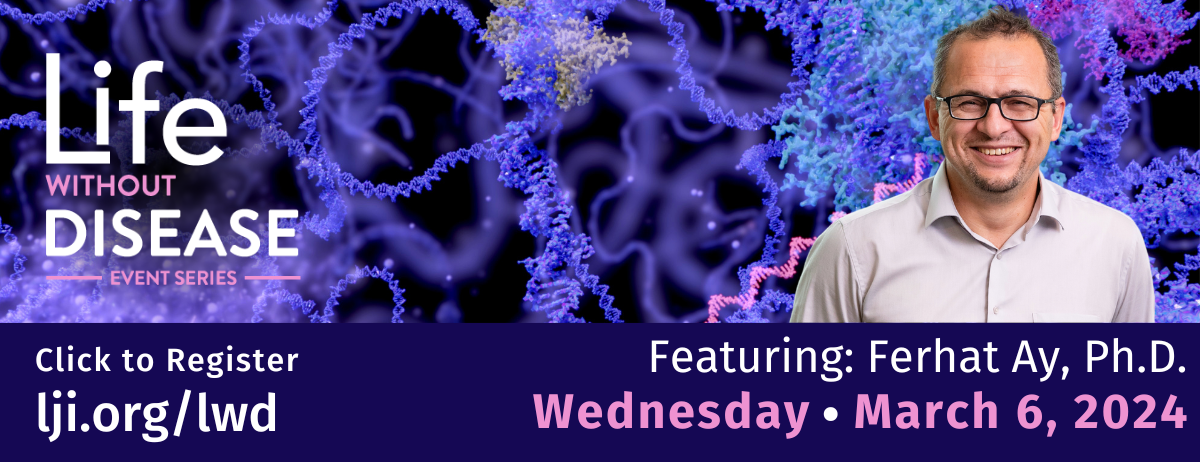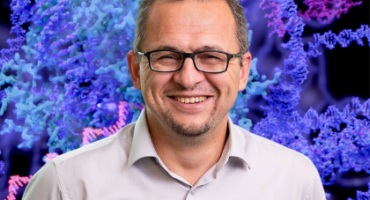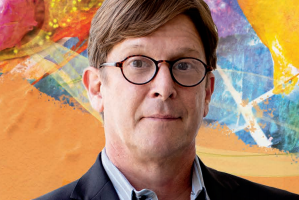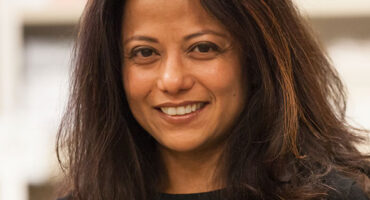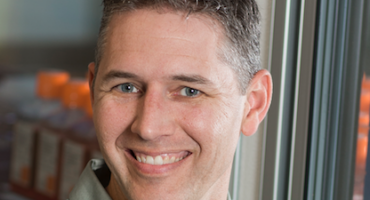Ferhat Ay, Ph.D., is building some of the world’s smallest maps. These maps trace the wiring inside a cell’s nucleus to reveal how genes interact and how the body fights disease. Only about 2% of our DNA accounts for genes; the remaining 98% harbor regulatory switches that control when and how active each gene is. Some switches are positioned right next to the gene they control, but some are far apart and brought close together as our DNA folds into a complex 3D shape inside the cell nucleus. Join Ay as he discusses how he uses computational tools to understand how individual variations in the intricate 3D architecture of our genome directly impact how our immune system fights disease.
Overview
La Jolla Institute’s community lecture series “Life Without Disease” provides San Diegans with an opportunity to hear about the latest advances in immune research and learn first-hand about the exciting research conducted at the Institute. The seminars are delivered by leading figures in immunology and are offered at no charge to the public several times each year.
Past Seminars
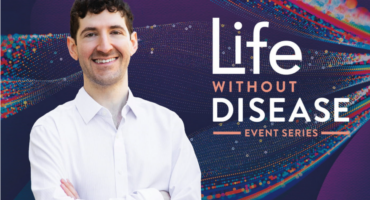
A new window into disease risk
LJI Assistant Professor Dr. Tal Einav harnesses computational biology and physics to study how the body fights disease. His research sheds light on how different groups – women and men, children and seniors – combat viral infections, cancers, and much more. Dr. Einav will share how leveraging models and algorithms can help us design better vaccines and accelerate the field of personalized medicine.
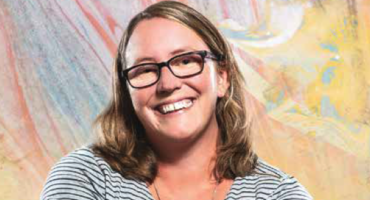
Uncovering the roles of T cells in neurodegenerative diseases
LJI Research Assistant Professor Cecilia Lindestam Arlehamn, Ph.D., investigates how the immune system’s T cells may contribute to Parkinson’s disease, Alzheimer’s disease, ALS, and even long COVID. Her research has revealed how T cells can target vulnerable neurons in patients with Parkinson’s disease, potentially driving disease onset. Her recent work centers on the question: Could inflammatory T cells lead to ALS and long COVID symptoms as well? Dr. Lindestam Arlehamn will share her findings so far and the next steps in her quest to help patients with these diseases.
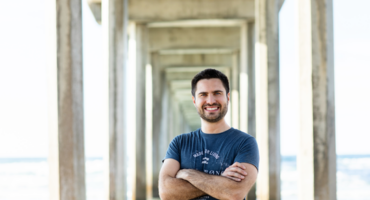
How the Immune System “Sniffs” out Disease
Dr. Marco Orecchioni has pioneered work showing that immune cells in your arteries can “sniff ” out their surroundings and cause in lammation. These cells, called macrophages, have the same kind of olfactory receptors found in the nose. As these macrophages detect early markers of cardiovascular disease, they kick off an in lammatory response and make matters worse. Dr. Orecchioni’s work suggests we could block this process to stop heart disease progression
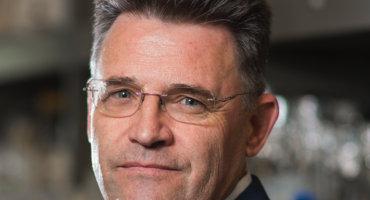
When your body turns against you
For reasons not yet understood, autoimmune disorders are on the rise, from type 1 diabetes and multiple sclerosis to lupus and rheumatoid arthritis. The numbers are staggering: 1 in 12 Americans and 1 in 9 women will develop an autoimmune disorder. Most autoimmune diseases are caused when malfunctioning T cells start attacking the body’s own tissues. La Jolla Institute Professor Dr. Michael Croft, one of the world’s foremost experts on T cell biology, discusses the latest insights into what happens when the immune system goes rogue, as well as, ongoing efforts to treat and prevent autoimmunity.
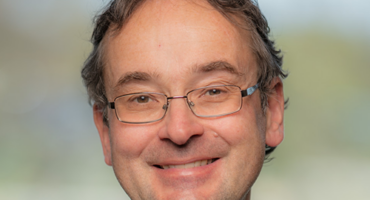
From cause to cure: Striking the right cord in type 1 diabetes research
During their early life, immune cells learn to get along with the body’s own cells. In individuals with type 1 diabetes (T1D) that tolerance breaks down and immune cells selectively destroy insulin-producing beta cells in the pancreas. Dr. Matthias von Herrath discusses the latest insights into why beta cells become the target of a misdirected immune attack.
